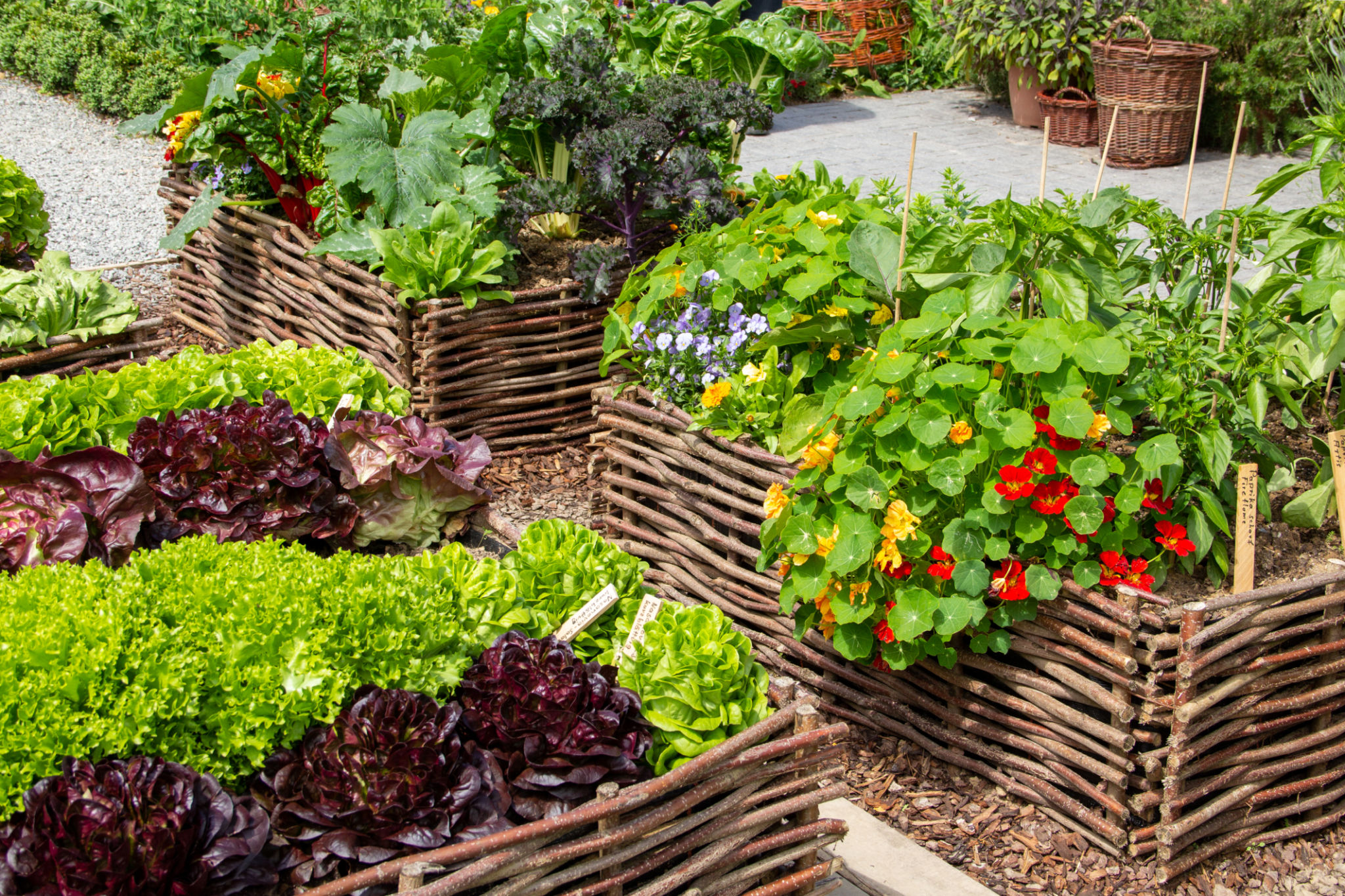What Can I Grow in an Edible Garden? A Beginner's Guide to Choosing the Right Plants
Understanding Your Climate and Space
Before diving into the world of edible gardening, it's essential to understand your local climate and the space available for planting. Knowing your USDA hardiness zone can help determine which plants are best suited for your area. Consider the amount of sunlight your garden space receives daily, as this will influence your plant choices.
Space is another crucial factor. Whether you have a sprawling backyard or a small balcony, there's an edible garden plan that can work for you. Container gardening is an excellent option for those with limited space, allowing you to grow a variety of plants in pots.

Choosing Easy-to-Grow Vegetables
For beginners, selecting vegetables that are easy to grow and maintain is key to a successful edible garden. Some popular choices include:
- Lettuce: Quick to grow and can be harvested multiple times.
- Radishes: Fast-growing root vegetables that thrive in most conditions.
- Tomatoes: A favorite among gardeners, requiring plenty of sunlight.
- Carrots: Easy to grow in deep containers or loose, sandy soil.
These vegetables not only provide a rewarding harvest but also help build your confidence as a budding gardener.

Incorporating Herbs into Your Garden
Herbs are a fantastic addition to any edible garden due to their versatility and ease of growth. They can be grown in containers or mixed with other plants in the garden. Some beginner-friendly herbs include:
- Basil: Ideal for sunny spots and perfect for adding flavor to dishes.
- Mint: Grows rapidly and is great for teas and cocktails.
- Parsley: A hardy herb that can thrive in partial shade.
- Chives: Adds a mild onion flavor and is easy to maintain.
Herbs not only enhance your culinary creations but also attract beneficial insects to your garden.

Fruit Options for Beginners
If you have the space, incorporating fruit into your edible garden can be incredibly rewarding. Some fruits are easier to grow than others, especially for beginners. Consider starting with:
- Strawberries: Perfect for containers and hanging baskets.
- Blueberries: Require acidic soil but are otherwise low maintenance.
- Raspberries: Can thrive in a variety of climates and produce bountiful harvests.
These fruits are not only delicious but also provide essential nutrients, making them a valuable addition to your garden.
Caring for Your Edible Garden
Once you've selected your plants, proper care is crucial for a thriving edible garden. Regular watering, appropriate fertilization, and vigilant pest control are essential components of garden maintenance. Be sure to monitor your plants for signs of disease or stress and adjust care routines as needed.
Learning the basics of pruning and harvesting will also help ensure that your plants continue to produce throughout the growing season. With time and attention, your edible garden will become a source of pride and nourishment.

Embrace the Journey
Starting an edible garden is an exciting journey that offers both challenges and rewards. As you gain experience and confidence, you'll find joy in experimenting with new plants and gardening techniques. Remember, even seasoned gardeners face setbacks, so don't be discouraged by initial challenges. Each season brings new opportunities for growth and learning.
Whether you're growing vegetables, herbs, or fruits, the key is to enjoy the process and savor the fresh flavors of your homegrown produce. Happy gardening!